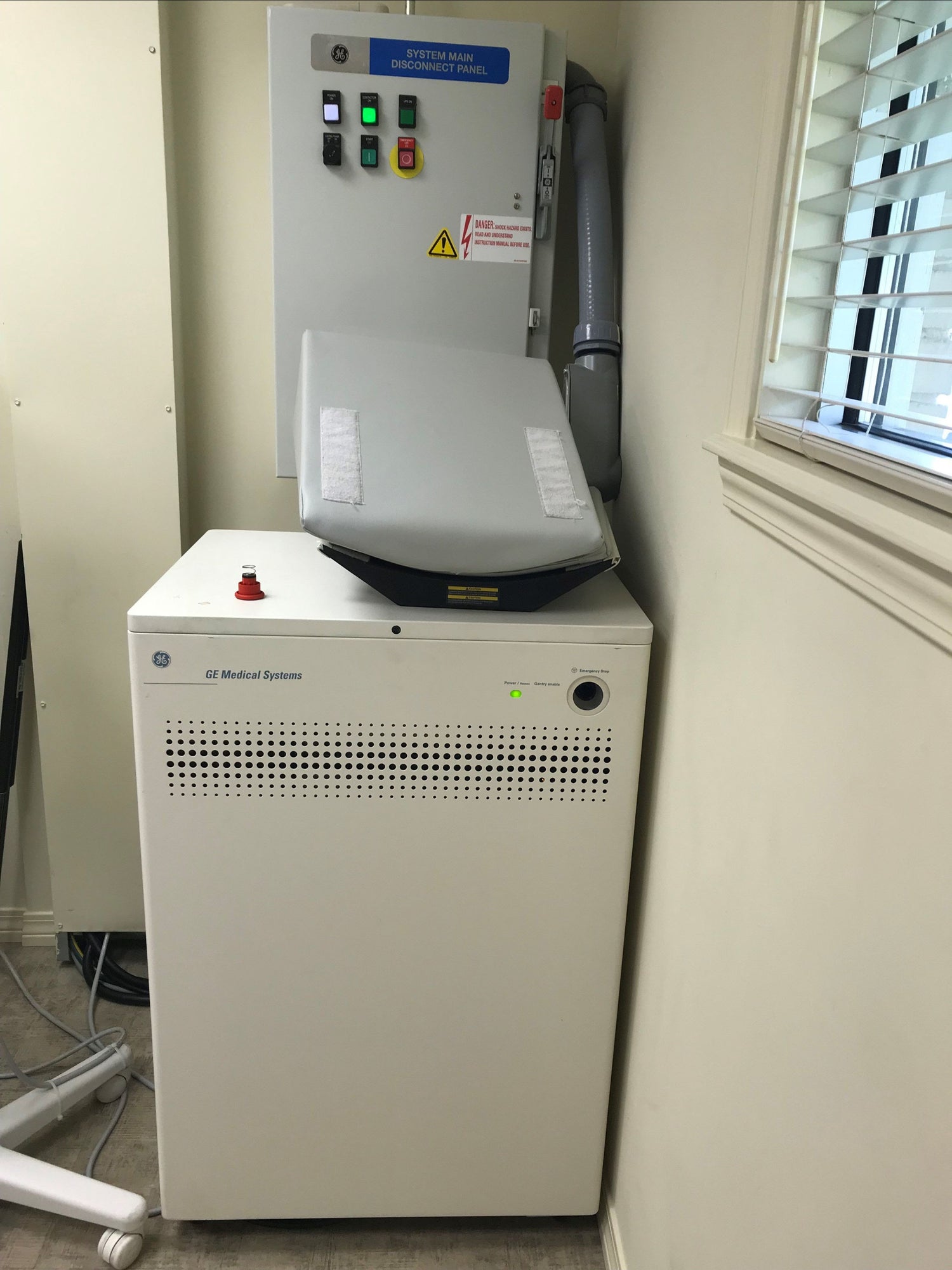
A variety of VANETs, characterized by the mobility, load, and size of the network were simulated. In this paper, we compared and evaluated the performance of following routing protocols: AODV, DSR, and Swarm Intelligence based routing protocol. Hence, devising protocols for VANETs may not be successfully accomplished by simple adaptation of protocols designed for wired networks and Mobile Ad hoc Networks (MANETs).
Macassistant rt 16 license drivers#
VANET is a promising approach for facilitating road safety, traffic management,and infotainment dissemination for drivers and passengers.Key characteristics that distinguish VANETs from other networks are time-varying nature of vehicle density, high mobility, and time-critical safety applications. Vehicular Ad hoc Networks (VANETS) are self-organizing communities of wheeled mobile units consisting of large numbers of trucks, cars, buses and a small number of static infrastructure nodes such as traffic signals, highway rail grade crossings, and informational signage within radio communication range to each other. It is worth underling that measurements prove that AETXT outperforms ETX greatly when transferring real-time multimedia streams like live video. Measurements taken from a 10-node 802.11b testbed demonstrate that when the path length gets to 5 AETXT outperforms ETX by 50%, 14.7%, 5.8% and 5.7% in terms of TCP throughput, UDP throughput, TCP packet loss and UDP packet loss, respectively. This paper describes the design and implementation of AETXT as a metric for DSR routing protocol. Compared to ETX, AETXT makes two improvements: 1) with incorporating average ETX (AETX) instead of ETX as the criterion of link quality, AETXT balances the consistency and flexibility of ETX values 2) With introducing a threshold to AETX, AETXT incorporates the effects of gray area and fluctuating links The packet loss is sufficient low when AETX is less than the threshold, while it varies dramatically for AETX surpassing the threshold. Considering these drawbacks, we devise the average expected transmission count with threshold metric (AETXT). In practical applications, ETX metric always fluctuates over time even in fixed scenarios, and does not incorporate the effects of gray area and fluctuating links. This paper presents an high-throughput routing metric, which concentrates on optimizing the behavior of expected transmission count metric (ETX) in real-world multi-hop Ad hoc networks. Our objective is to provide a qualitative assessment of the applicability of the protocols in different vehicular scenarios. We show that clustering effects created by cars aggregating at intersections have remarkable impacts on evaluation and performance metrics. We study those protocols under varying metrics such as node mobility and vehicle density, and with varying traffic rates. But could we assess that those results hold if performed using realistic urban vehicular motion patterns ? In this paper, we evaluate AODV and OLSR performance in realistic urban scenarios. Although routing protocols have already been analyzed and compared in the past, simulations and comparisons have almost always been done considering random motions. As many previous works have shown, routing performance is greatly dependent to the availability and stability of wireless links, which makes it a crucial parameter that should not be neglected in order to obtain accurate performance measurements in VANETs. In VANETs, routing protocols and other techniques must be adapted to vehicular-specific capabilities and requirements. The packet loss, packet delay, and permeability are considered for performance evaluations.Ī Vehicular Ad Hoc Network (VANET) is an in-stance of MANETs that establishes wireless connections between cars. The AODV-ETX has better properties compared to the AODV protocol, but with a larger number of nodes over 20, these properties approach the AODV protocol. The simulation results are shown in tables and plotted. The work contains a comparison of the AODV and AODV-ETX protocols.
Macassistant rt 16 license simulator#
The implementation of the proposed result simulation takes place in Network Simulator 3 tool. The work includes simulations of the AODV protocol and subsequently also simulations of the AODV-ETX protocol.

The work deals with ETX metrics and its subsequent implementation in the AODV protocol. The aim of this work was to study the MANET network and its protocols and especially the AODV protocol, the choice of peer in the AODV protocol, and the subsequent improvement of this mechanism. The network can be used in the field of road safety, in sensors in the home, healthcare, robotics, etc. MANET consists of a peer-to-peer connection the network is self-repairing and at the same time self-formed.

The main challenge of the MANET network is the continuous management of information, each device, to ensure the correct direction of traffic.


 0 kommentar(er)
0 kommentar(er)
